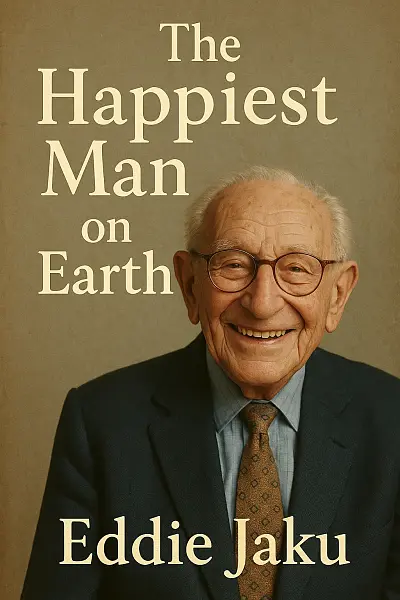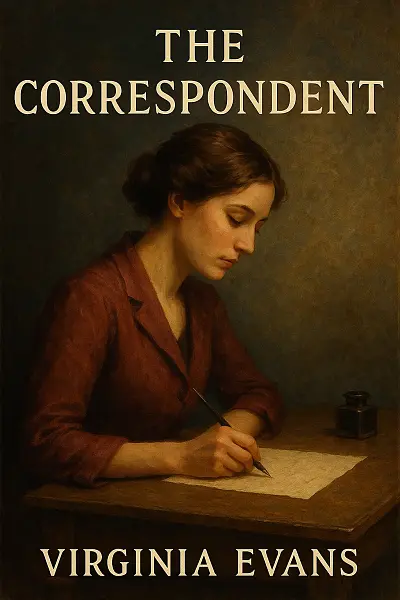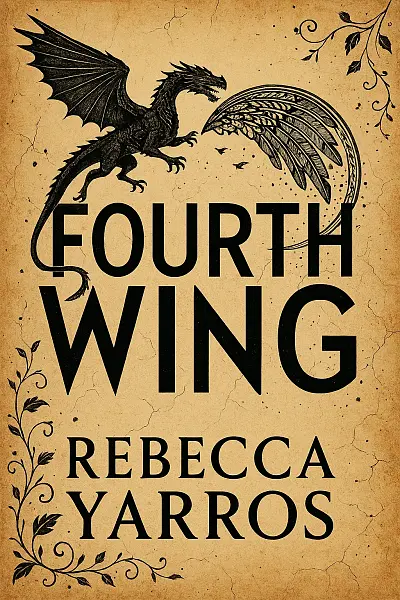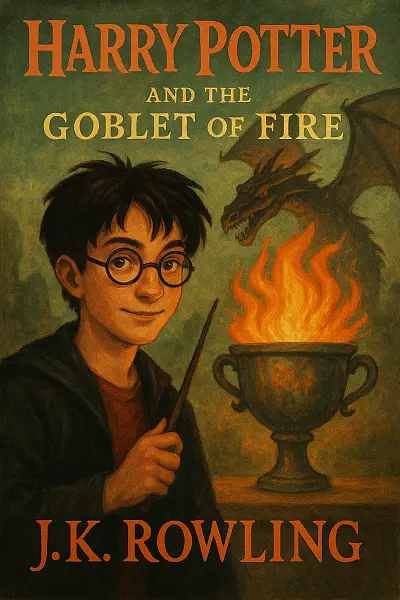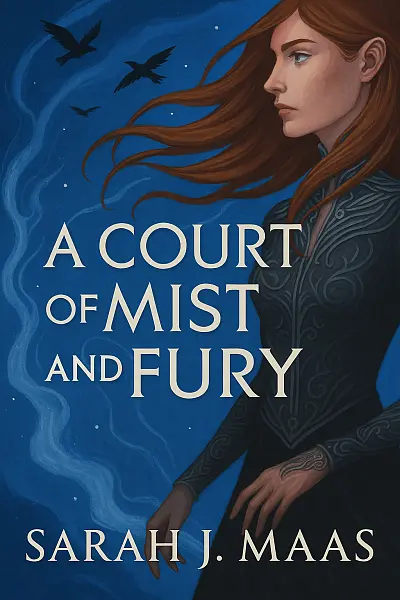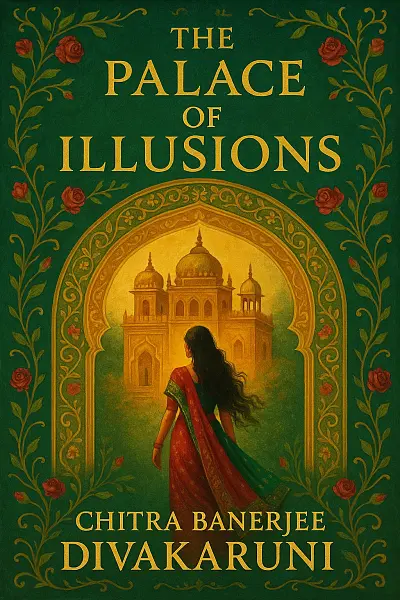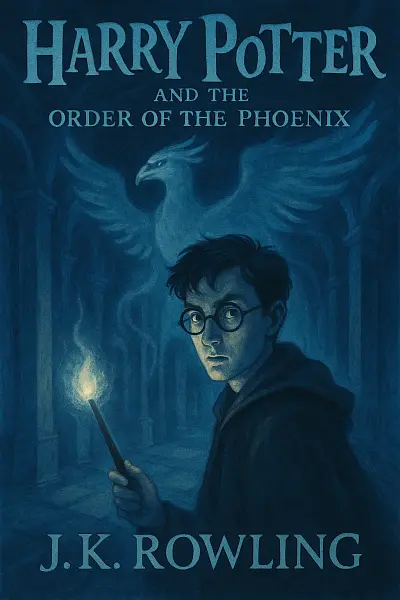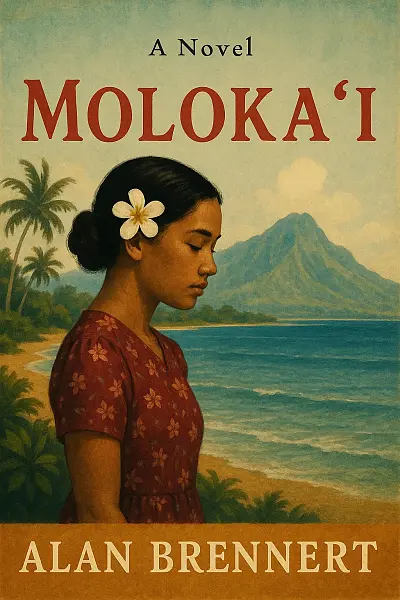
Moloka'i
by: Alan Brennert
Rachel Kalama is a lively seven-year-old growing up in 1890s Hawai'i, her life full of possibility and dreams of far-off places. Everything shifts when a small, rose-colored mark appears on her skin—suddenly she's torn from her family and exiled to Moloka'i, a remote leprosy settlement.
Now, Rachel faces crushing isolation and harsh prejudice, struggling to carve out a sense of belonging in a world stacked against her. Her determination to reclaim hope cracks open questions about identity, love, and the meaning of home.
Will she find purpose and connection in a place meant only for endings?
"Even in exile, the heart can find its home in hope and in those who share our burdens."
Literary Analysis
Writing Style
Atmosphere
Sweeping, sensory, and deeply immersive, the atmosphere in Moloka'i transports you straight to the lush landscapes and vibrant cultures of late 19th-century Hawaii. There's a bittersweet undercurrent threading through every scene—a poignant mix of isolation and hope, beauty and hardship. Expect rich textures: the salt and brightness of the sea, the fragrant tropical air, the gentle hum of island life, and the shadow of the leprosy settlement. It feels both hauntingly sad and unexpectedly uplifting.
Prose Style
Brennert’s writing is clear, evocative, and unpretentious, balancing historical detail with emotional intimacy. He doesn't indulge in florid language—his sentences are straightforward, but there's a lyrical touch in how he describes landscapes and cultural moments. Dialogue feels down-to-earth, capturing voices both local and foreign without awkwardness or stereotype. Overall, the prose is hugely accessible—smooth reading with resonant moments of beauty.
Pacing
The pacing is measured and deliberate—think slow-burn rather than page-turner. There’s a patient unfolding to Rachel’s journey, allowing time to sit with characters through heartbreak, adaptation, and resilience. Brennert takes his time with descriptive passages and emotional beats, but the narrative rarely feels sluggish thanks to frequent, well-timed life events and conflicts. Expect a story that rewards readers who savor gradual development and layered storytelling.
Character Development
Deeply empathetic and full-bodied, the characters in Moloka'i grow and change over decades. Brennert excels at showing not just protagonist Rachel's inner world but also shaping the supporting cast into memorable, multidimensional figures. Relationships—familial, romantic, and communal—are messy, evolving, and distinctly human. It's the kind of book where secondary characters actually matter and arcs feel earned.
Themes and Mood
Resilience, cultural identity, acceptance, and the overcoming of stigma pulse at the heart of this story. There's an undeniable weight to much of the narrative, but it’s balanced by flashes of joy, humor, and the healing power of community. The mood shifts fluidly: at times heartbreaking, at times warm and comforting, always sincere.
Overall Feel
Expect a thoughtful, immersive historical novel—one that draws you in quietly, keeps you invested with rich detail and emotional honesty, and leaves you feeling both humbled and uplifted by the end. This is a story for readers who love character-driven tales with a strong sense of place and aren’t afraid of a few tears along the way.
Key Takeaways
- Seven-year-old Rachel’s diagnosis: innocence shattered, life upended
- Bittersweet friendships forged behind the leper colony’s guarded gates
- Heart-wrenching letters to family—ghostly reminders of a lost world
- Mother-daughter bond tested by distance, stigma, and secrets too heavy for childhood
- Lyrical depictions of Hawaiian landscapes, even as exile closes in
- Emma’s defiant activism: hope smoldering in a place built to erase it
- Final chapters that ache with both reunion and the cost of survival
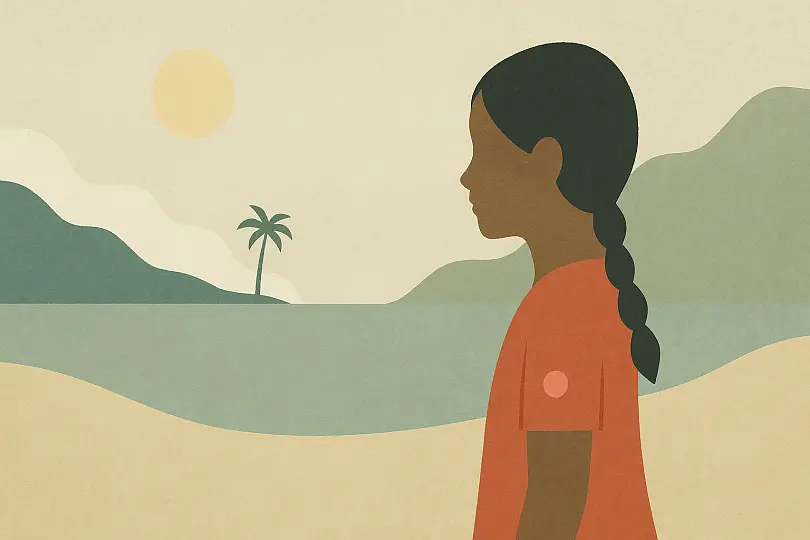
Exile and resilience in a Hawaiian leprosy settlement—hope endures.
Reader Insights
Who Should Read This
Who’s Going to Love Moloka'i (And Who Might Want to Pass)
If you’re the kind of reader who gets swept away by historical fiction with lots of heart, Moloka'i is honestly a hidden gem you shouldn’t miss. People who love epic family sagas, stories about resilience, and books that take you deep into another time and place (in this case, Hawaii in the late 19th and early 20th centuries) are absolutely going to eat this up. The book is perfect for anyone who likes learning about lesser-known pieces of history through the eyes of a strong, relatable character.
- History buffs: Especially those curious about Hawaii or medical history, will find plenty to chew on here.
- Fans of emotional journeys: If you love books that tug at your heartstrings (think The Book Thief or The Nightingale), Rachel’s story will stay with you.
- People who like slow, immersive reads: Think lush descriptions, layered characters, and a story that’s all about the long game rather than constant action.
That said, if you need fast-paced stories, lots of plot twists, or lean towards genres like thrillers, sci-fi, or fantasy, this probably won’t be your cup of tea. The book definitely takes its time, so if you don’t love character-driven novels or stories with heavier themes (there are tough topics here—illness, loss, and prejudice), you might find yourself slogging through.
Honestly, if you adore historical novels with rich settings and quietly powerful characters, or you just want to be swept away to a different world, Moloka'i has that bittersweet, satisfying vibe that hits all the right notes. But if you’re not in the mood for emotional endurance, it’s totally okay to skip this one and come back to it when you’re ready for something deeper and more contemplative.
Story Overview
Get swept away to 1890s Hawai'i, where young Rachel Kalama's world turns upside down after a shocking diagnosis forces her to leave everything she knows and settle on the remote island of Moloka'i.
As Rachel grows up in the tightly knit, vibrant leprosy settlement, she faces deep challenges and unexpected joys, wrestling with questions of family, hope, and belonging.
Brimming with heart, history, and resilience, this is a moving journey of survival and spirit against all odds—perfect for anyone who loves stories about forging connection in the face of adversity.
Main Characters
-
Rachel Kalama: The heart and soul of the novel—a spirited young girl whose leprosy diagnosis leads her to the quarantine of Moloka'i. Her resilience and longing for connection drive her coming-of-age journey.
-
Henry Kalama: Rachel’s loving father, who remains steadfastly devoted to her even as their family is separated. His warmth and sacrifices anchor Rachel through her darkest times.
-
Dorothy Kalama: Rachel’s mother, struggling with shame, loss, and the harsh realities of cultural stigma. Her choices and pain cast a long shadow over Rachel’s life and shape their fraught relationship.
-
Sister Catherine: A compassionate and steady nun who becomes a surrogate mother to Rachel on Moloka'i. She offers comfort, guidance, and unconditional support in Rachel’s time of greatest need.
-
Leilani: Rachel’s first true friend and confidante within the leper settlement. Her vibrant personality helps Rachel navigate both the heartbreak and small joys of exile.
If You Loved This Book
If you found yourself deeply moved by The Book Thief by Markus Zusak, you're in for a treat with Moloka'i. Both novels immerse you in the life of a young protagonist navigating extraordinary adversity, drawing you in with intimate storytelling and an evocative sense of place—be it war-torn Germany or the isolated leper colony of Kalaupapa. Each narrative unfolds with such compassion and grace that even the toughest moments become unforgettable milestones in the characters’ journeys.
Moloka'i also shares much of the intergenerational emotional scope found in Cutting for Stone by Abraham Verghese. That sweeping sense of family, identity, and cultural richness pulses through both stories, with expertly drawn supporting casts and a deep reverence for the intersection of personal and historical events. You’ll notice that same slow-burn investment, where characters are allowed to grow, stumble, and astound you with their resilience.
Cinematically, Moloka'i is sure to resonate with fans of the TV series Call the Midwife. There's that shared understanding of what it means to live and serve within a tight-knit, marginalized community, and to find hope amid hardship. The compassion, gentle humor, and day-to-day dramas of Call the Midwife echo strongly in Brennert’s lushly detailed Hawaiian setting, making this novel a beautiful companion for anyone who appreciates stories where empathy and perseverance take the spotlight.
Expert Review
What does it mean to belong when the world marks you as untouchable? Moloka'i by Alan Brennert doesn’t just pose this question—it inhabits it, delivering an unforgettable investigation of loss, endurance, and community on the periphery. With Hawaiʻi’s leprosy settlement as a backdrop, the novel asks whether hope can root itself in the soil of exile and grow into something transcendent.
Brennert’s prose is lush yet approachable, striking a delicate balance between evocative scene-setting and propulsive storytelling. He excels at conjuring sensory detail—the taste of salt air, the hush of chapel prayers, the sting and solace in a hesitant touch—creating a world almost palpable in its immediacy. Shifting gracefully between Rachel’s childhood perceptions and her mature, hard-won understanding, the narration moves with emotional clarity and restraint. Brennert avoids melodrama, letting understated moments—the quick friendship between outcasts, the ritual of letters written and left unanswered—carry real weight. The use of Hawaiian language, cultural references, and local snippets grounds the text without feeling like mere exposition, while secondary characters, even when briefly sketched, pulse with their own wounded dignity. At times, the dialogue veers toward the expository, reminding the reader of the novel’s research-driven foundation, but this rarely eclipses its narrative flow.
At the heart of Moloka'i is an exploration of isolation—not only physical, driven by disease and quarantine, but emotional and spiritual. Brennert probes the tension between fate and agency: Is suffering an imposed destiny or a crucible for transformation? Themes of family, faith, and forgiveness anchor the story, yet never feel forced. The novel’s greatest strength may be its commitment to humanizing the historical record: Rachel and her companions become more than statistics in a medical tragedy; they’re allowed joy, anger, resistance, and laughter. Especially resonant is the portrait of cultural hybridity—the survival of Hawaiian traditions even as colonial and medical forces attempt erasure. The book sidesteps sentimentality by acknowledging the complexity of loss and the impossibility of “full” restoration after trauma. In celebrating community, Moloka'i doesn’t romanticize suffering, but insists on recognizing the traces of hope that persist, however threadbare.
Placed alongside The Island of the Colorblind or even Angela’s Ashes, Brennert’s novel distinguishes itself through its fusion of historical fidelity and vivid, character-driven drama. It stands out in the tradition of epidemic novels by demanding emotional investment—compelling readers to witness not only the wounds of a community, but its dignity and defiant will to rebuild. Compared to his later works, such as Honolulu, Moloka'i feels more intimate, more deeply rooted in the myth and melancholy of a vanished world.
Moloka'i is not without flaws: It sometimes leans on familiar tropes of resilience, and its pacing flattens in later chapters. A few subplots feel hurried, their emotional beats less fully realized. Yet these are minor compared to its achievements. This novel matters—now as ever—for its fierce compassion and gentle refusal to look away from suffering, or from the light that springs up beside it.
Community Reviews
I CAN'T STOP THINKING ABOUT SISTER CATHERINE. SHE HAUNTED ME WITH HER QUIET KINDNESS AND THAT SECRET PAIN. IT'S LIKE SHE'S STILL IN THE ROOM, SOFTLY PRAYING FOR EVERYONE EVEN NOW.
Honestly, Rachel’s resilience just keeps echoing in my head. That one line about hope in the darkest place? It’s impossible to shake. Made me rethink what survival really means.
Rachel’s resilience just ripped through the pages and into my bones. the way she faced isolation and found unexpected love? i sat up way too late, just one more chapter, then another. moloka'i definitely haunted my dreams.
I CAN'T STOP THINKING ABOUT SISTER CATHERINE. Her quiet strength just lingers in my mind. She made me reconsider what compassion looks like when everything feels hopeless. This book changed something inside me.
I can’t stop thinking about Rachel’s first night at Kalaupapa. That scene where she’s left alone, terrified, it just hit me so hard. I felt her loneliness crawl right into my bones and I kept replaying it in my head.
Cultural Context & Discussion
Local Perspective
Moloka'i by Alan Brennert powerfully resonates with Japanese readers due to its deep dive into ostracism and the pain of being set apart—feelings mirrored in buraku discrimination and the lingering social stigma faced by marginalized groups in Japan. The novel’s exploration of family bonds and enduring hardship aligns well with Japanese values of perseverance (gaman) and collective responsibility, striking a chord with those who value community over the individual.
At the same time, Rachel’s yearning for personal freedom and identity might clash with more traditional expectations of conformity. Her struggle echoes postwar movements during Japan’s rapid modernization, when many felt torn between tradition and self-determination. Plus, Moloka'i’s compassionate portrayal of communal support reflects themes seen in modern Japanese literature, yet it also challenges local tendencies toward emotional restraint by celebrating open affection and resilience.
Certain moments, like forced family separation or stigmatized illness, may hit particularly hard in Japan, evoking echoes of postwar family disruptions and the societal handling of taboo subjects. Ultimately, Brennert’s emphasis on empathy and reintegration offers a gentle but pointed mirror for reflection on Japan’s own journey with compassion and acceptance.
Points of Discussion
Notable Achievement:
Moloka'i by Alan Brennert has won wide acclaim for its moving portrayal of Hawaiian history and was selected as a Book Sense Pick, drawing a devoted readership for bringing greater awareness to the real-life experiences of those sent to the Kalaupapa leprosy settlement.
It's one of those rare novels that turns a tragic piece of history into a heartfelt, unforgettable story that sparks lasting conversations about compassion and resilience.
